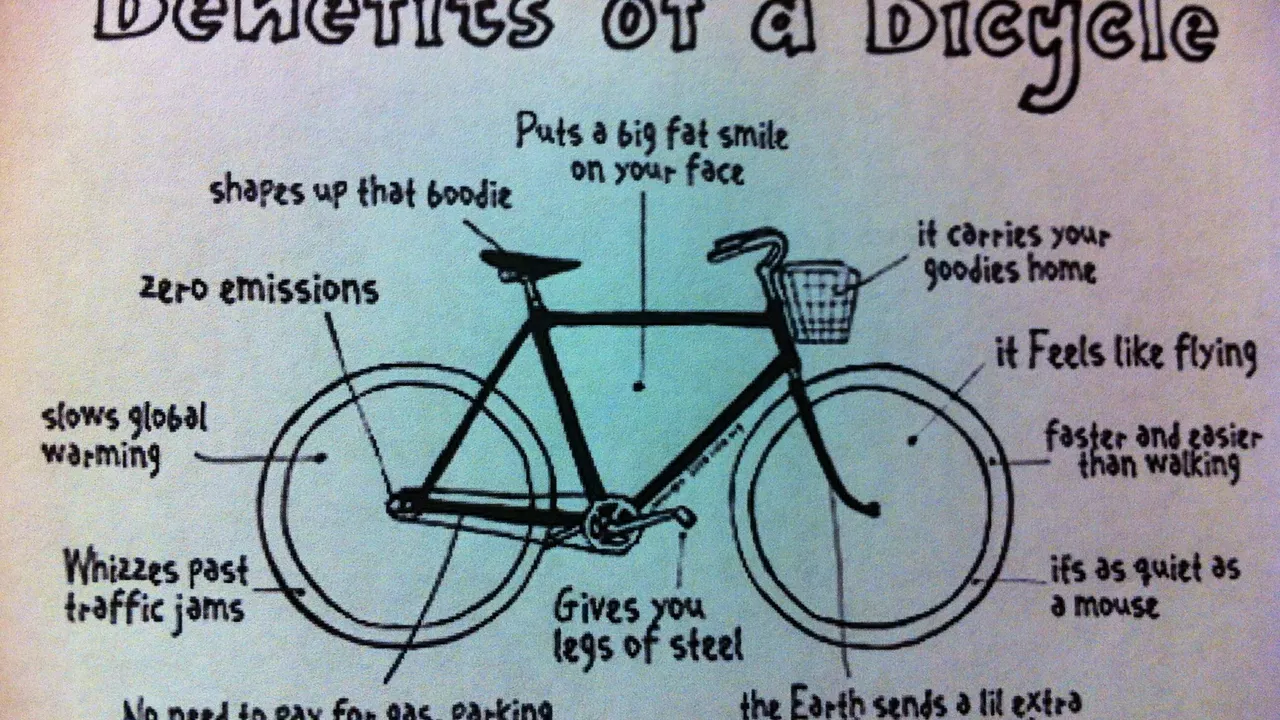Health Benefits of Cycling – Boost Fitness, Cardio, and Weight Loss
If you’re looking for a workout that feels less like a chore and more like fun, hop on a bike. Riding a bike doesn’t just get you from point A to B, it gives your whole body a solid boost. Below we break down the biggest health perks and show how easy it is to fit cycling into a busy week.
Boost Your Heart and Lungs
Pedalling gets your heart rate up without slamming your joints. Even a 30‑minute ride at a moderate pace raises your heart rate into the fat‑burn zone, strengthening the heart muscle over time. Better heart health means lower blood pressure, reduced risk of heart disease, and stronger circulation. Because you’re moving your arms and legs together, your lungs also get a workout, increasing oxygen uptake and stamina for everyday tasks.
Burn Calories and Build Strength
Cycling burns roughly 400‑600 calories per hour depending on intensity and your weight. That’s a big help if you’re trying to lose a few pounds. Unlike running, the low‑impact nature of biking protects knees and hips, so you can ride longer without pain. While you’re cruising, your quads, glutes, calves and core stay engaged, giving you a full‑body tone without heavy weights.
Want faster results? Add intervals: sprint for 30 seconds, then ride easy for a minute. Repeat for 10‑15 minutes and you’ll see calorie burn stay high even after you stop. Mixing hills into your route does the same – the uphill push builds leg power, the downhill offers recovery.
Beyond the obvious physical perks, cycling lifts mood. The steady rhythm of the pedals triggers the release of endorphins, the brain’s feel‑good chemicals. Outdoor rides add sunshine and fresh air, which can lower stress and improve sleep. Even indoor sessions on a stationary bike give the same mental boost when you crank up your favorite playlist.
Getting started is simple. If you own a bike, just check the tire pressure, adjust the seat height so your leg is almost straight at the bottom of the pedal stroke, and you’re ready. No bike? A budget-friendly indoor trainer or a low‑cost folding bike works just as well. Aim for three rides a week – two shorter rides (20‑30 minutes) and one longer ride (45‑60 minutes). Consistency beats intensity when you’re building a habit.
Track your progress to stay motivated. Many riders use a bike computer or a smartphone app to log distance, speed, and heart rate. Seeing numbers rise over weeks gives a real sense of achievement and pushes you to set new goals.
In short, cycling touches every major health area: heart, lungs, muscles, weight, and mental wellbeing. It’s affordable, adaptable, and easy on the joints. So the next time you’re weighing workout options, grab a bike and roll out – your body will thank you.
What are the benefits of stand pedaling when biking?
Stand pedaling while biking has numerous benefits that I've personally experienced. It's a great way to engage different muscle groups, improving overall strength and endurance. It also gives our sit bones a rest, preventing saddle soreness. It's particularly beneficial when tackling uphill climbs, offering more power and control. Plus, it adds variety to the ride, making it more fun and challenging.
